|
 20 December 1997 |
|
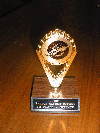 13 December 1997 |
|
 6 December 1997 |
|
 29 November 1997 |
|
 22 November 1997 |
|
 15 November 1997 |
|
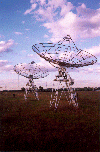 8 November 1997 |
|
 1 November 1997 |
|
 25 October 1997 |
|
 18 October 1997 |
|
 11 October 1997 |
|
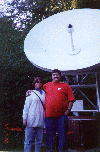 4 October 1997 |
|
 27 September 1997 |
|
 20 September 1997 |
|
 13 September 1997 |
|
 6 September 1997 |
|

30 August 1997 |
|
 23 August 1997 |
|
 16 August 1997 |
|
 9 August 1997 |
|
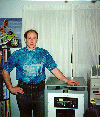 2 August 1997 |
|
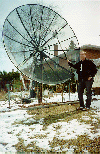 26 July 1997 |
|
 19 July 1997 |
|
 12 July 1997 |
|
 5 July 1997 |
|
 28 June 1997 |
|
 21 June 1997 |
|
 14 June 1997 |
|
7 June 1997 |
|
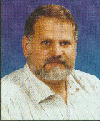 31 May 1997 |
|
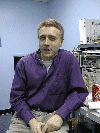 24 May 1997 |
|
 17 May 1997 |
|
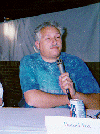 10 May 1997 |
|
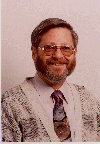 3 May 1997 |
|
 26 April 1997 |
|  19 April 1997 |
|
 12 April 1997 |
|
 5 April 1997 |
|
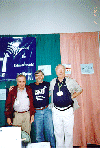 29 March 1997 |
|
 22 March 1997 |
|
 15 March 1997 |
|
 8 March 1997 |
|
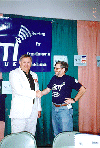 1 March 1997 |
|
 22 February 1997 |
|
 15 February 1997 |
|
 8 February 1997 |
|
 1 February 1997 |
The SETI League Now Takes Credit Cards!We are pleased to announce that it is finally possible to pay your SETI League dues and membership premiums by credit card. Effective immediately, you may post payments and contributions to your Visa or MasterCard account. Simply send us a signed piece of paper with the amount being contributed, your credit card type, account number, expiration date, and your name exactly as it appears on the card. You may print out and mail us this form, but for your safety, we suggest that you not send credit card numbers by email or over the Internet. |
 25 January 1997 |
|
 18 January 1997 |
|
 11 January 1997 |
|
 4 January 1997 |
Click here for lots more pictures.
email the Webmaster | entire website copyright © The SETI League, Inc. this page last updated 11 January 2003 |
Top of Page |
 SETI League Photo Gallery
SETI League Photo Gallery